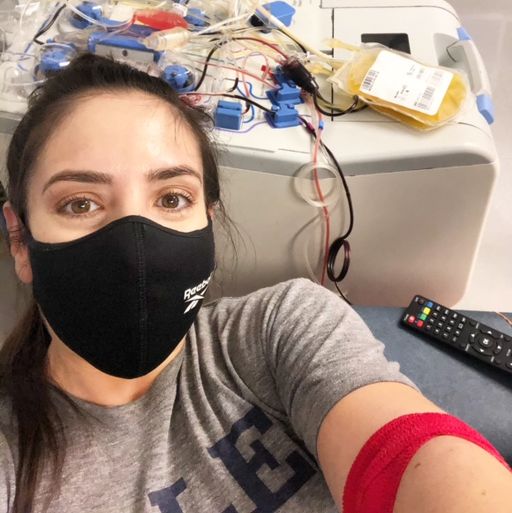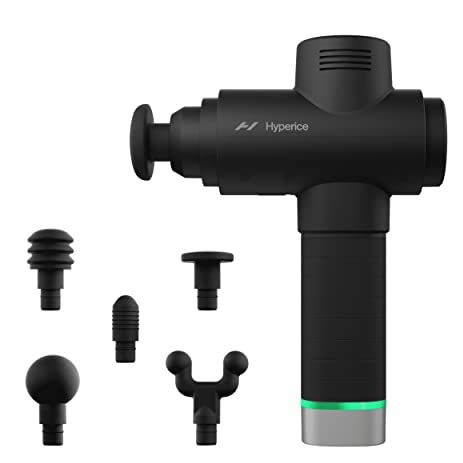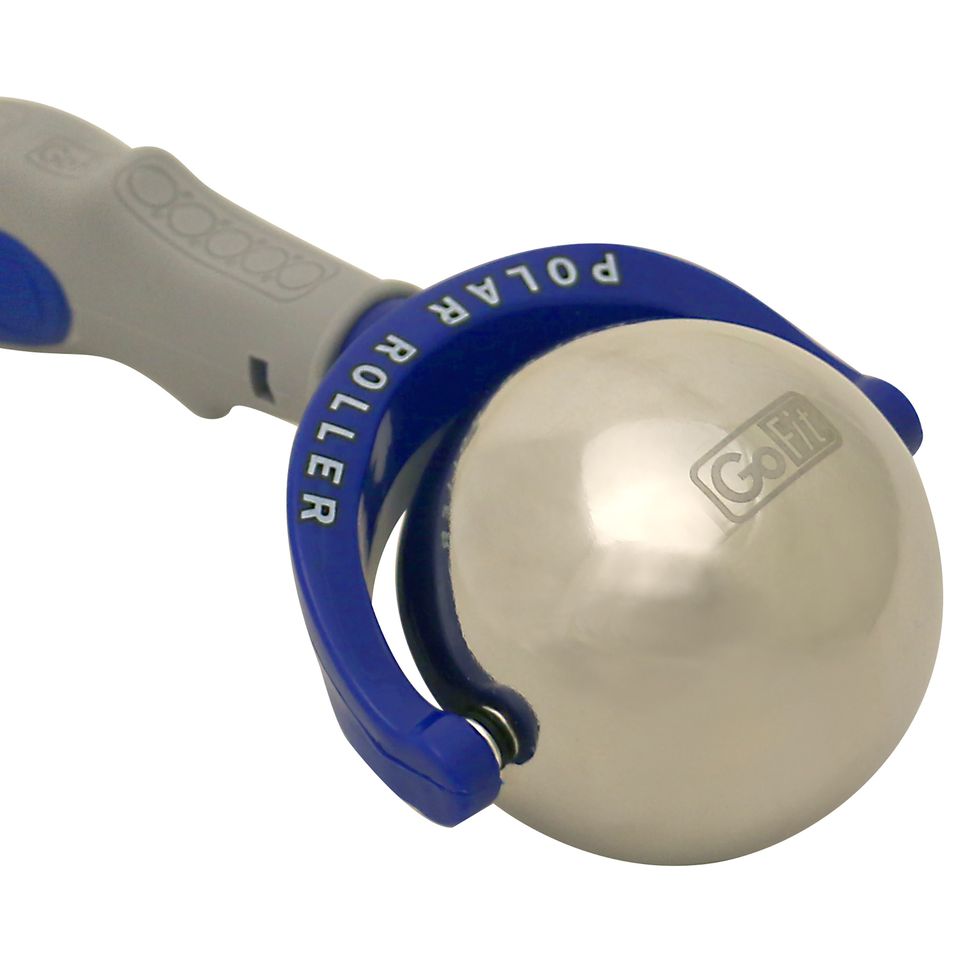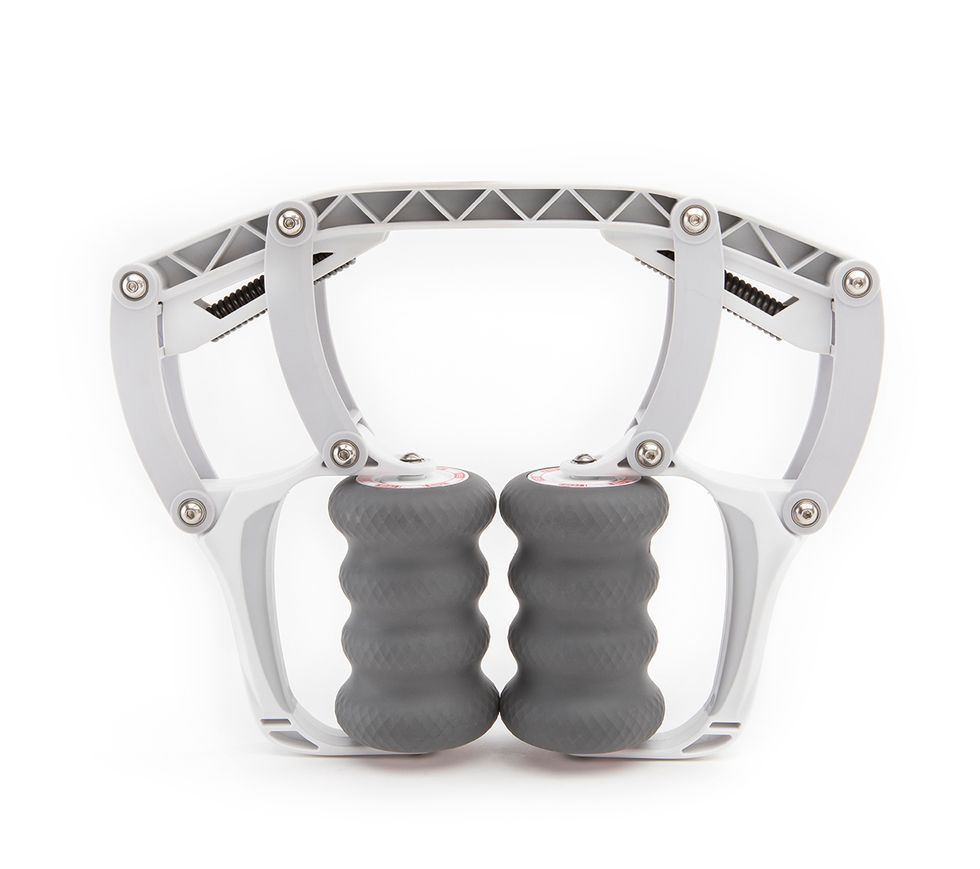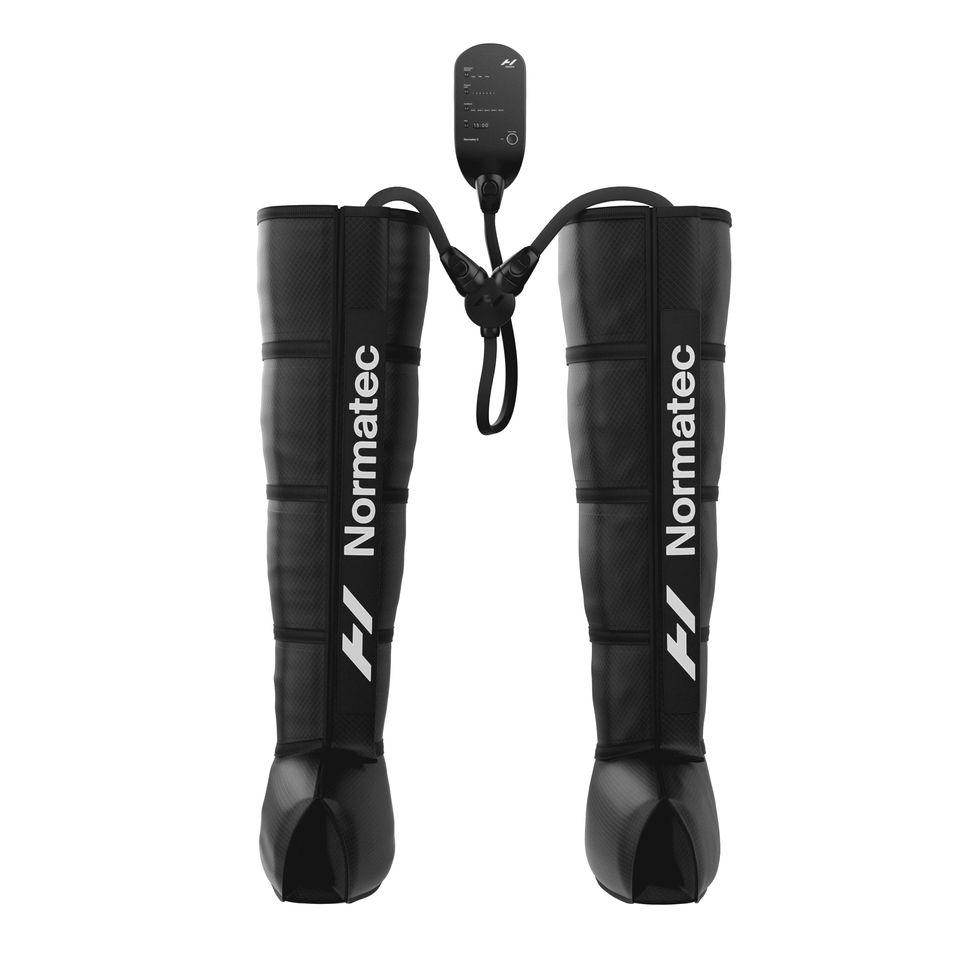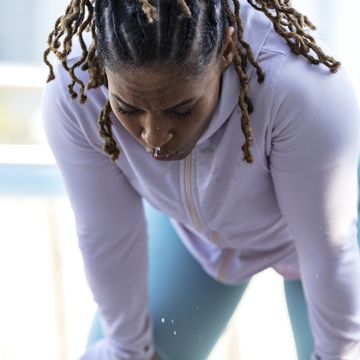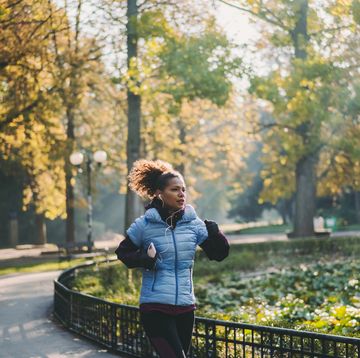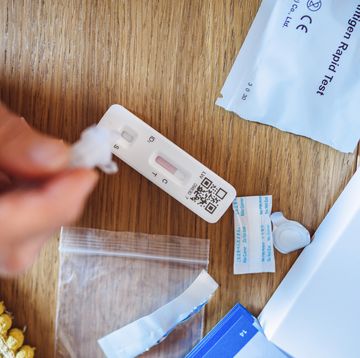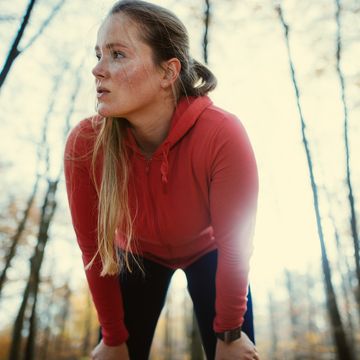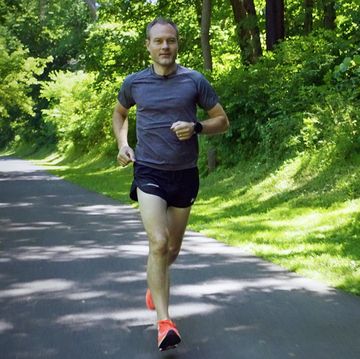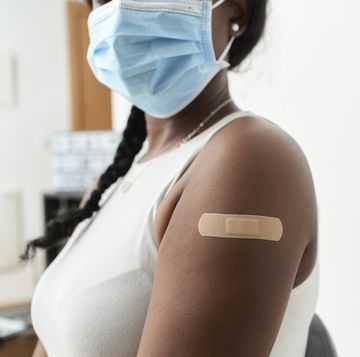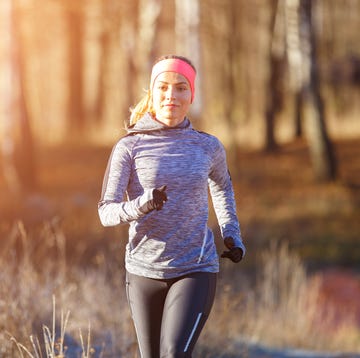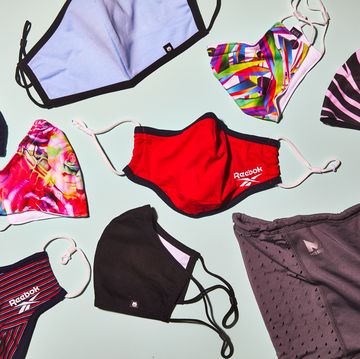Melissa Sullivan knew the symptoms of COVID-19 inside and out. A spokesperson for the Environmental Protection Agency, she served on a government task force for three months during the height of the pandemic’s first wave to assist with media requests. She knew the symptoms to look out for and what precautions to take to avoid contracting the illness.
So when the 35-year-old Washington, D.C.-based runner felt shortness of breath after a six-mile training run this past August, she was a little concerned.
Want to become a better runner? Of course you do! Sign up for Runner’s World+ All Access
“That was very atypical for me,” Sullivan told Runner’s World.
Shortly after she started having trouble breathing, Sullivan developed a fever, chills, and disorientation, not unlike vertigo. But she had been incredibly cautious, so she decided to wait a little while before seeking medical attention.
“The next day, it felt like a train hit me,” the three-time marathoner said.
Sullivan tested positive for COVID-19 and spent a night in the emergency room, receiving fluids to battle dehydration from severe diarrhea and vomiting. For a month she was sidelined from running—she was training for the virtual Marine Corps Marathon, which was scheduled for October 25.
When she was mostly recovered—Sullivan said she still experiences lethargy, months after her diagnosis—she remembered the news articles she’d read over the summer about how the convalescent plasma of people who had recovered from COVID-19 might be a promising treatment for people fighting the virus. But she doesn’t like needles—and that almost dissuaded her from donating.
“I have a really big fear of needles, and that always prevented me from having the courage to donate blood even though I’ve always wanted to help,” she said. “But going through this [COVID-19] ordeal, I was like, you know what? You need to buck up.”
Convalescent plasma is the watery, yellow component of your blood, and it houses the antibodies made by the immune system in response to infection or disease. According to Erin Goodhue, executive medical director for the American Red Cross, the thought is that when people with COVID-19 are given convalescent plasma with COVID-19 antibodies, they might be able to fight the virus more quickly and efficiently.
“If used earlier in the disease when a person’s immune system hasn’t had the chance to make its own antibodies, the convalescent plasma can potentially help them over the hump,” Goodhue told Runner’s World, pointing out that the treatment is still being worked out in clinical trials.
In other words, Sullivan’s plasma donations—she has donated twice so far—could help someone start fighting the virus earlier than they would have been able to without her antibodies. That might mean better outcomes, Goodhue said, including a faster recovery.
[The 2021 Runner's World Calendar features gorgeous photos, monthly motivation, and tips to inspire your running all year long.]
How To Donate Convalescent Plasma
Once Sullivan was symptom-free for 14 days and met the other donor requirements, she worked with the American Red Cross to schedule a plasma donation appointment. She said the process of registering to donate and the actual collection were seamless, and the American Red Cross team made her feel comfortable.
“I called with a lot of questions, and they made me feel like what I was doing mattered,” she said, noting that she could see where her donation was going. “It wasn’t just into a plasma black hole. It was really benefiting someone.”
Goodhue said convalescent plasma donations last a little longer than a whole blood donation because donors are given back their blood once the convalescent plasma is separated. (That means runners who might have low levels of iron don’t lose those red blood cells, Goodhue said.) Goodhue also emphasized the importance of hydrating and eating well—something runners are accustomed to—before donating.
“Runners who are physically fit are generally healthier than the rest of the population, and they may be able to better handle the [blood] volume shift during collection,” Goodhue said.
Goodhue said while people might be concerned to go to a donation center amid a pandemic, the American Red Cross team requires mask-wearing and spaces the stations out.
“We hope a donor’s biggest concern is being bored,” she said. “They should feel incredibly safe at our donation sites.”
Since recovering from COVID-19, Sullivan has returned to running and completed her third Marine Corps Marathon, virtually, on October 25. While a bit slower than usual, she said she felt great and ran through the finisher’s tape her boyfriend made to celebrate her 26.2 miles. She’s now focusing on recovering from her race.
“When runners spot another runner struggling, we slow down and ask if they’re okay. We have a sense of community and duty,” Sullivan said. “It’s the same thing with [donating convalescent plasma]. We have the opportunity to put our duties into practice, so why not?”
And the added benefit of donating convalescent plasma?
“After my first donation, the euphoria and sense of accomplishment I felt in helping others was similar to crossing a finish line,” Sullivan said. “Runners understand exactly what I’m talking about.”
You can learn more about donating convalescent plasma here. The American Red Cross is also looking for donors who have not tested positive for COVID-19. Total blood donations are still needed, and Goodhue said the organization will automatically test all blood for COVID-19 antibodies. If they’re detected, the American Red Cross will take the convalescent plasma from the whole blood donation to help those fighting COVID-19.
Heather is the former food and nutrition editor for Runner's World, the author of The Runner's World Vegetarian Cookbook, and a seven-time marathoner with a best of 3:31—but she is most proud of her 1:32 half, 19:40 5K, and 5:33 mile.
